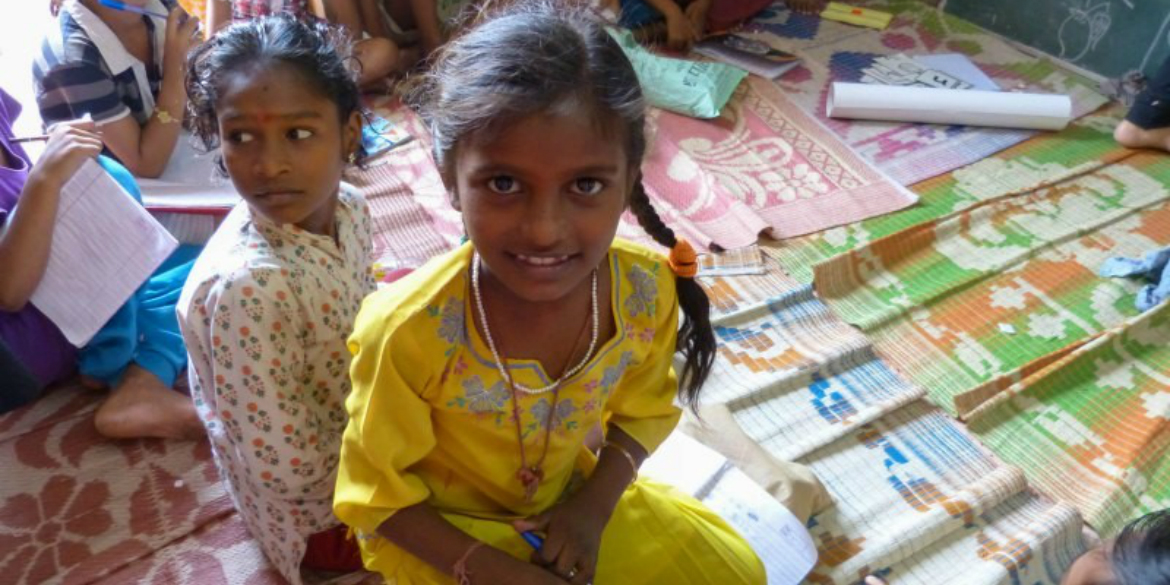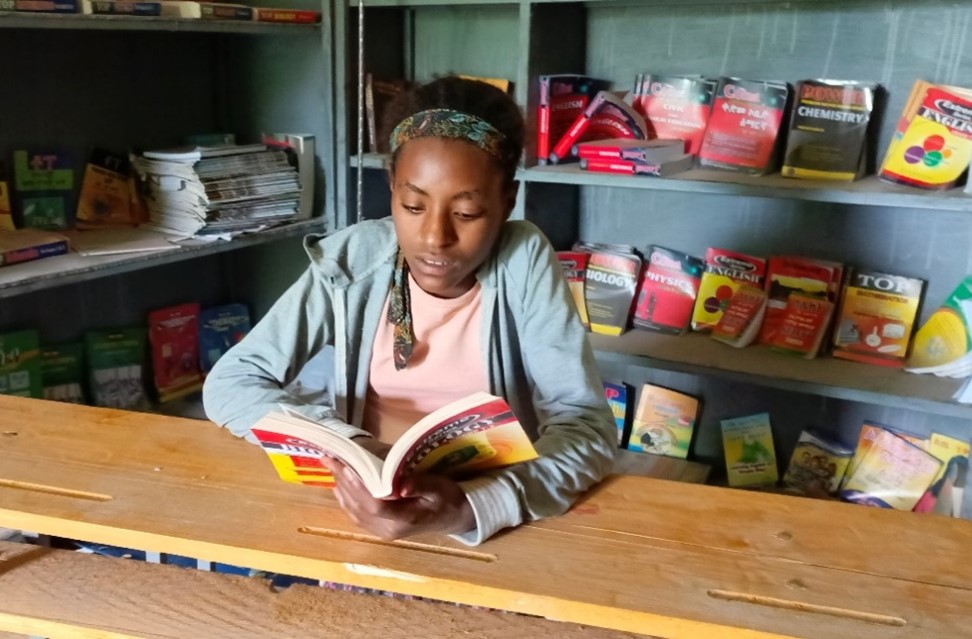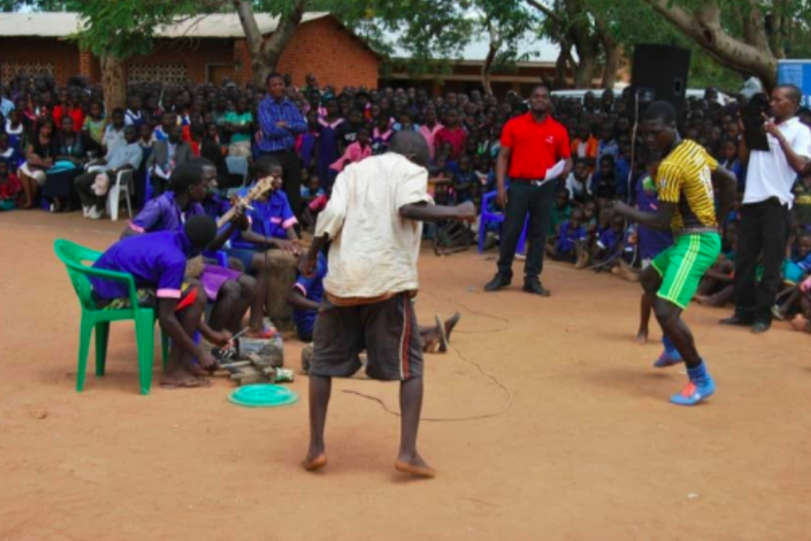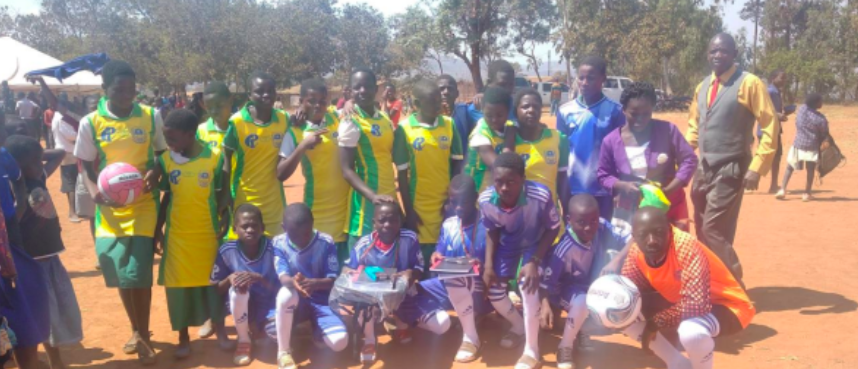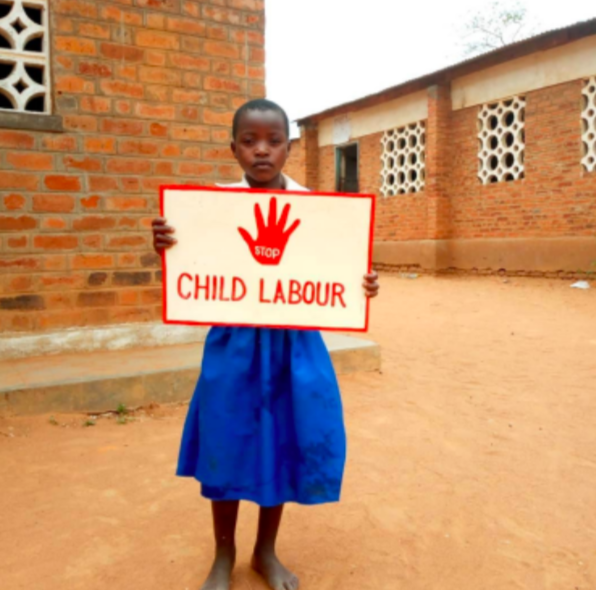India has a new law against child labour. Or more precisely: the old Child Labour Act of 1986 was recently amended. On July 19, 2016, the Indian Upper House (Rajya Sabha) approved the amendments.
Has the law been improved after so many years of struggle against child labour and with partial success in practice? On some points it is, but Indian child rights activists and many others are very disappointed in the significant loopholes in the law which even might increase child labour – especially of children below 14 years of age.
Basically, the new law prohibits all employment of children under 14 years. The law thus fits (finally) in with the Education Act of 2009, giving the right to free education to all children up to this age and obliging parents to send them to school.
Until recently, children from 14 to 18 years were allowed to do any kind of work. Now for this group of children it is prohibited to work in mines, to work with inflammable substances or explosives and – the much broader category – to do ‘hazardous work’. For the definition of hazardous work the amendment Bill refers to an annex of the Factories Act of 1948 in which 28 sectors are mentioned – such as the production of coal, cement, metal, leather, chemicals, glass and dyes – where adolescents are not allowed to work.
Also the penalties for employers have been increased significantly when child labour is encountered. There is an imprisonment of at least six months to two years (previously three months to one year) and/or a fine of between 20,000 and 50,000 rupees (previously 10,000 to 20,000 rupees). For a second offense an imprisonment of 1 to 3 years can be imposed.
Extreme exploitation
That all sounds firm and strict. What then is wrong with the law? Possibly the biggest problem is an exception in the law that says that children under 14 may help their family after school with work or may work in a ‘family enterprises’. Children may also perform after school as ‘artist’ in the ‘audio-visual entertainment industry’, including advertising, movies and TV series. However, the child is not allowed to do hazardous work in one of the above mentioned 28 sectors.
Also that might sound reasonable at first sight. Is it not desirable that all children at home learn to help with some daily chores after school (although working in the ‘family business’ sounds less child friendly…..)? Also there is, according to the Minister of Labour, Bandaru Dattatreya, no employer-employee relationship while the exception of family work would be necessary because of the ‘socio-economic backwardness in society’.
The law stipulates that family means father and mother, but also of brother and sister, and brothers and sisters of the father and mother are counted.
However, a major problem in India is that a lot of work is being outsourced by companies and subcontractors to families in the extended sense of the word. Even now children under 14 often work full days involved in hacking cobbles stones, stitching shoes and footballs, rolling beedi’s (cigarettes) and incense sticks, embroidery work on clothing, crafts, packing, sticking labels and many other activities. The reason is that parents usually make so little money with the very low pay for piecework that children are easily involve to increase home production. The subcontractors, hired by companies, also count on that. It is a form of extreme exploitation that keeps the family poor but also eager to work to earn a meagre income. Most children working at home are in agriculture and other rural jobs. Their parents, often small farmers or agricultural workers, get so little paid for their products or labour that they, in addition to their own children, sometime also hire other people’s children.
A very painful example is the production of cotton and vegetable seed for western and Indian multinationals for which do hundreds of thousands of children and underpaid women work. The fear of many commentators is that this practice will increase significantly by the new law. The Hindu Business Online writes: ”The harsh reality is that by exempting ‘family enterprises’ the Centre may well end up legitimising exploitation of the poor and vulnerable.” There is, according to this business newspaper, “a growing trend of outsourcing, contractors who farm out work to families at exploitation rates”.
Health and school performance at stake
But we’re talking about work after school, so why children might not help out to increase the family income? Shantha Sinha, former head of the Indian National Commission for the Protection of Child Rights and renowned children’s activist of the MV Foundation, says in an article: “It is the kind of work that starts before and after school hours until late in the night at the cost of children’s health until they can no longer concentrate in the classroom or participate in school and are branded as slow learners. Unable to straddle both school and work, these children are forced to give up the former.” Moreover, the MV Foundation itself showed profusely proven that it is possible through dedicated local mobilization and organization to get all children in certain areas to school and keep them there. Through this so-called Child Labour Free Zone approach they have reached more than 1 million children.
About ‘family work’ in the new law Sinha says: “The Bill does not seek to justify routine family work, but the work that millions of children render in home-based units,” citing the many forms of outsourced work to which children contribute. How poignant the relation between missing out on education and various forms of child labour becomes also clear from research: on an average school day only 71% of the enrolled children is actually in school. According to the same study, the consequences are disastrous for even the basic literacy and numeracy knowledge of many children.
Child labour before and after school also continues and reinforces extreme forms of exploitation of families under the pretext of: there is plenty of cheap children available, so why pay more to adults.
Not just the child rights activists but also the Indian parliamentary commission that reviewed the law is very critical on ‘family work’ after school: “The Committee is not able to understand as to how the Ministry proposes to keep a check on children working in their homes. The Ministry is itself provides loopholes by inserting this provision since it would be very difficult to make out whether children are merely helping their parents or are working to supplement the family income.”
‘Pleased with the new law’: children are cheaper
UNICEF also is critical of the law. It notes that the number of child labourers is highest among Scheduled Castes (Dalits) and Scheduled Tribes (Adivasi), that particularly in rural areas many children are working but that child labour in cities is increasing due to ‘children migrating or being trafficked to work in hazardous small industries or construction sites’. UNICEF fears that especially these vulnerable children ‘’may end up with irregular school attendance, lower levels of learning and could be forced to drop out of school’. Therefore UNICEF strongly recommends the removal of ‘children helping in family enterprises’, the development of an ‘exhaustive list of hazardous occupations’ and to come up with a ‘robust monitoring system’.
Some businessmen are however really pleased with the new law, according to an article by BBC News. “It’s really good news,” said Rajinder, a factory owner. “Earlier I could only hire someone aged above 18. Now I can employ more people… I pay my workers 300 rupees (€ 4.50) a day. But I pay an underage employee only 100 rupees (€ 1.50). It is a big saving.” Rajinder is not very concerned that this work that such work can only take place within the family: “How long does it take to acquire a family?” he asks. “It’s not a big problem.” “That’s exactly,” says journalist Sanjoy Majumder of BBC News, “what child rights activists and critics of the new law fear: that it will be exploited and used to drive more children out of school and into work.”
Caste hierarchy perpetuated
And what about the adolescents from 14 to 18 years? Are they now well protected legally? The reality is very disappointing. Although under the new law teenager are not allowed to work in mines and with inflammable substances and explosives or carry out certain forms of ‘hazardous work’, the list of 28 sectors is very limited and comprises less than half of the professions and jobs in the old list that young children were not allowed to perform. What is particularly lacking in the list is the entire agricultural sector, including the use of pesticides, but also the labour in e.g. garment factories, spinning mills and weaving and dyeing units.
Shantha Sinha describes the broader social impact of the amended Child Labour Act in her article ‘The new law banning child labor is no ban at all’:
“Such work [after school] incorporates children into the family occupation and thus somehow maintains the status quo and perpetuates caste hierarchy. Taken to its logical conclusion, it implies that it is best for the children to continue in their family profession – a potter’s child ends up as a potter, a weaver’s child a weaver and an agricultural labourer’s child a farm worker. And,” says Sinha, “the Bill denies them the time and space to develop and grow as citizens with similar choices and opportunities that children from affluent families enjoy.” And thus “only contribute towards fostering existing inequalities and discriminatory practices in society.”
“Instead,” she finds that “the amendment to the Act should have enabled children to engage in activities, before and after school hours, that foster their active participation in school as a student and enhances their overall self-esteem and dignity.”
Gerard Oonk
Director India Committee of the Netherlands
and senior advocacy officer Stop Chil Labour

